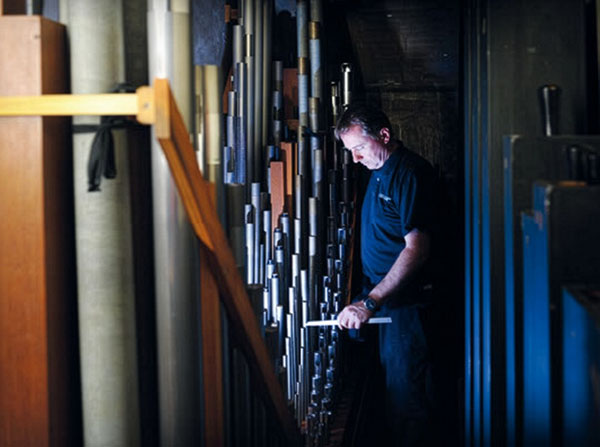Civic Pride Since 1902
The 1902 Moot Hall organ, restored to its original Edwardian glory, still fills Colchester’s hall with music today.
When Colchester opened its grand Moot Hall in 1902, it joined the ranks of towns whose civic pride was marked by a great concert organ. The magnificent three-manual instrument was built by Norman & Beard, then regarded as the country’s leading organ builders, at a cost of £1,000. The beautiful oak case, designed by Town Hall architect John Belcher, was crafted by Kerridge & Shaw, with Fabrucci & McCrossan contributing the fine carved woodwork.
Built to enhance formal civic occasions such as the Mayor-Making Ceremony and the famous Colchester Oyster Feast, the organ reflected the musical tastes of the Edwardian era. Alongside its powerful diapasons were orchestral colours—clarinet, oboe, horn, and flutes – ideal for the transcriptions of operatic and symphonic music that were popular before the age of recorded sound.
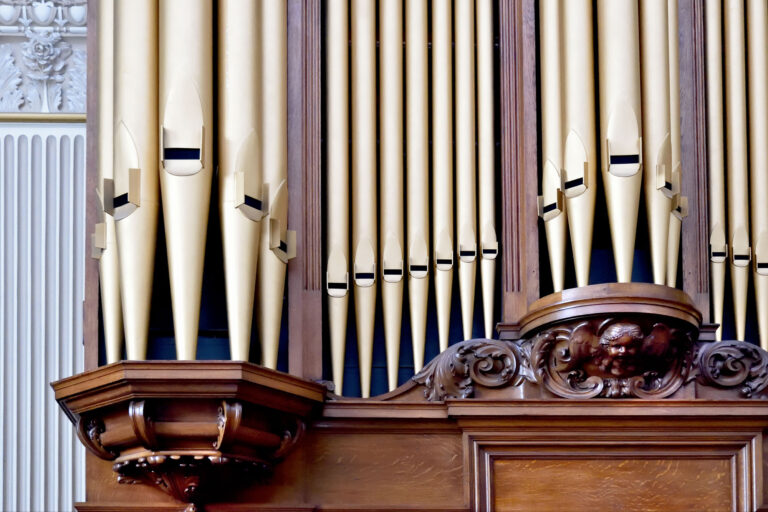
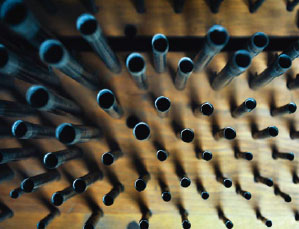
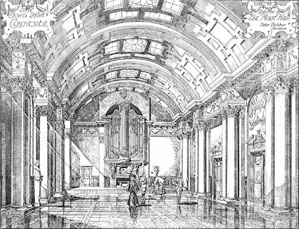
Design Ingenuity
Norman & Beard faced a challenge: the hall was elegant but limited in space. Their ingenious use of pneumatic action allowed them to build a compact yet ambitious instrument that filled the room with sound. Every detail mattered, from seasoned timber to high-quality leather, ensuring durability as well as beauty.
The organ remained largely unchanged until the 20th century brought a series of overhauls. In 1938 the pipes were gilded, modern pistons added, and the swell pedal improved. By 1952 the pitch was raised to the modern standard, enabling it to play with other instruments. Later overhauls in the 1960s and 1970s reflected the fashions of the time, with tonal changes made to suit Baroque music and the Choir Organ’s doors replaced with a mesh front.
After that, however, attention dwindled. Apart from routine tunings, the organ slipped into decline. By 2003 it was declared too unreliable to be played at the Mayor-Making Ceremony, its mechanism failing from cracked leather and shrinking wood. Like many Edwardian organs, it might easily have been scrapped or heavily altered – but Colchester’s survived.
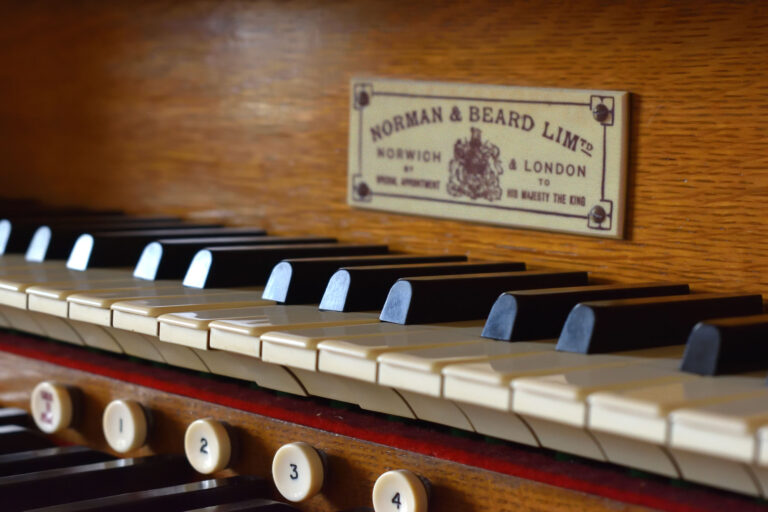
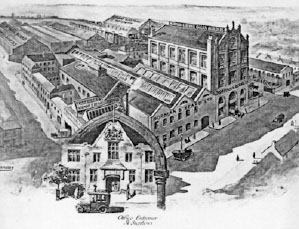
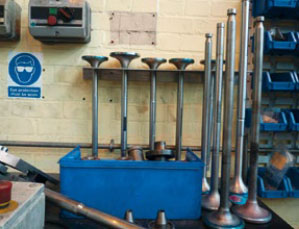
Restored to Full Glory
Thanks to the determination of local supporters and the expertise of Harrison & Harrison, the organ was fully restored in the early 21st century.
Every pipe, valve, and lead tube was examined, cleaned, and rebuilt; the delicate pneumatic action carefully repaired; and the façade pipes stripped of later paint to reveal their original gilded splendour. Where original pipework was missing, research into other Norman & Beard instruments ensured faithful replacements.
Today, more than a century after its first notes sounded, the Moot Hall organ once again fills Colchester with the commanding voice of Edwardian grandeur. It stands as both a tribute to the ingenuity of its makers and to the persistence of those who fought to save it.
